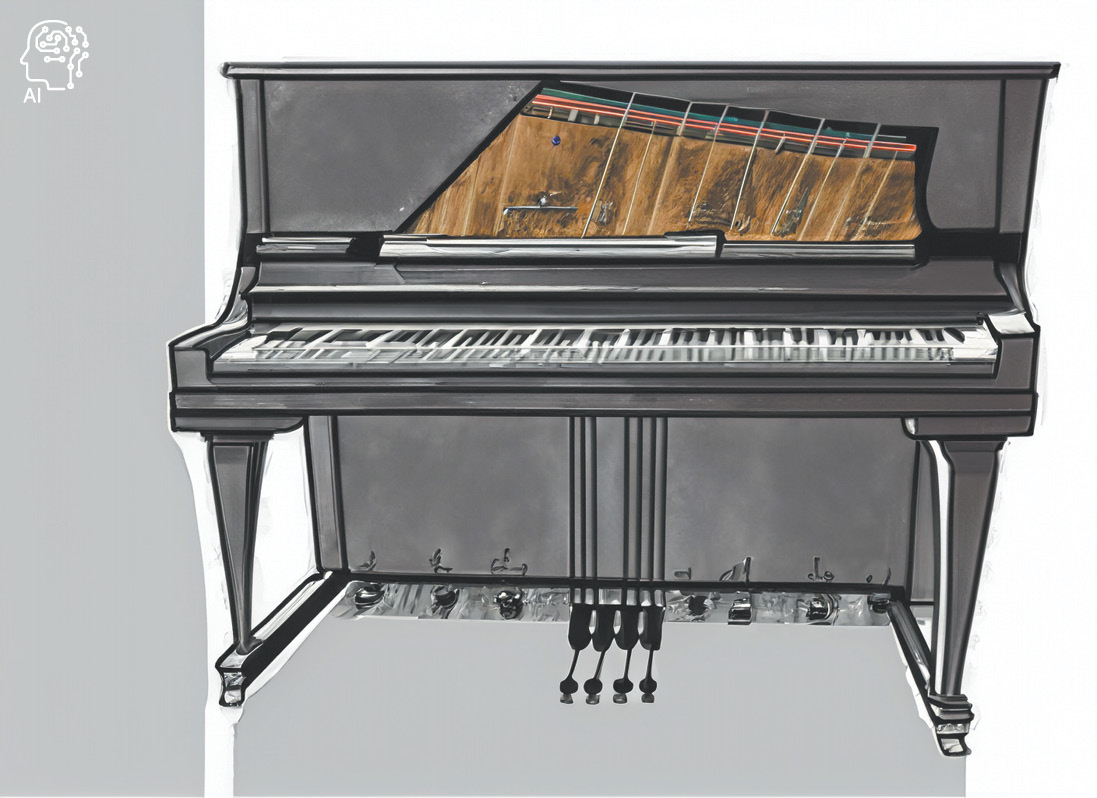Subscriber Benefit
As a subscriber you can listen to articles at work, in the car, or while you work out. Subscribe Now
Multimedia artist Jordan Munson said he and an algorithm essentially worked together to make a sound installation for this summer’s Granfalloon, a Bloomington arts festival inspired by Kurt Vonnegut.
And in a way, the late author contributed to the project because Munson used Vonnegut’s writing to craft an AI prompt.
“Player Piano,” published in 1952, served as Vonnegut’s debut novel. The story depicts a society in which human workers have been replaced by machines.
Munson used software known as Max MSP to analyze a recording of someone reading the first chapter of “Player Piano” and find patterns that were converted to musical notes.
“Machine learning will categorize things,” Munson said. “If it hears something new, it will add a marker to that. If it hears something similar to what it’s heard before, it will recall that marker. As time goes on, it builds this network of ideas, and it becomes more and more sophisticated.”
The faculty member at IUPUI’s department of music and arts technology describes his work with AI as a “game of telephone.”
“The machine interprets something I do, and then I reinterpret it and make creative decisions,” Munson said. “It goes back and forth until I like the result.”
Munson took the “Player Piano” concept a step further by feeding the AI-generated audio into a Disklavier, the modern equivalent of a player piano that relies on computer files rather than perforated paper rolls to deliver music.
The Granfalloon installation, titled “What Remains,” then generated new sounds in real time while the Disklavier “played” from May 26 to June 16 at Bloomington’s Morgenstern’s Bookstore & Cafe.
“At the end of every day, we captured what [the software] learned, and that would be the prompt for the next day,” Munson said.
Unlike someone who might use AI to perfectly mimic popular music and try to get rich from the scheme, Munson views AI as a tool to assist original work.
“If I had all the money in the world, I could buy John Lennon’s guitar,” Munson said. “But that doesn’t make me sound like John Lennon. The tool is the tool, and it’s still up to me as an artist to use that tool in a way that creates something exciting or unique.”•
Please enable JavaScript to view this content.
